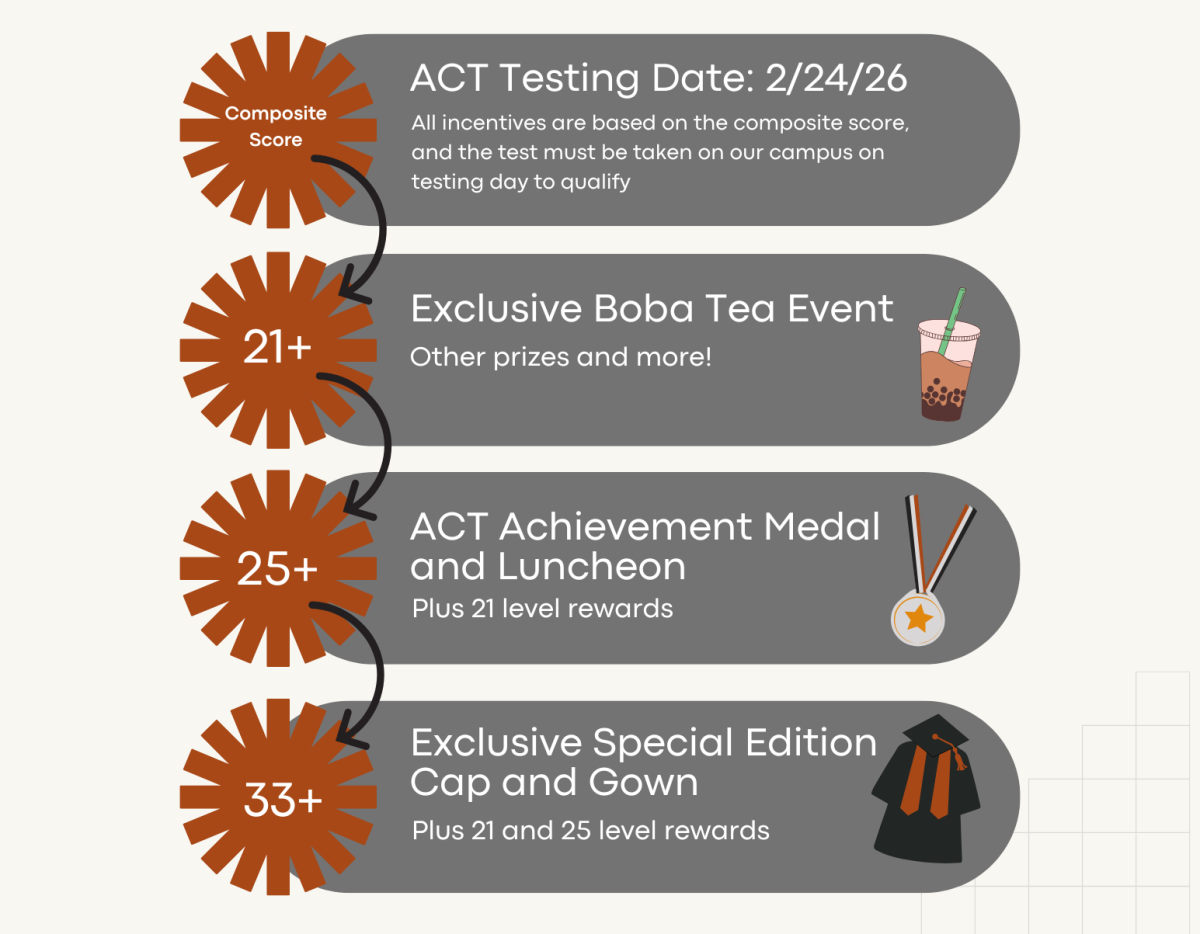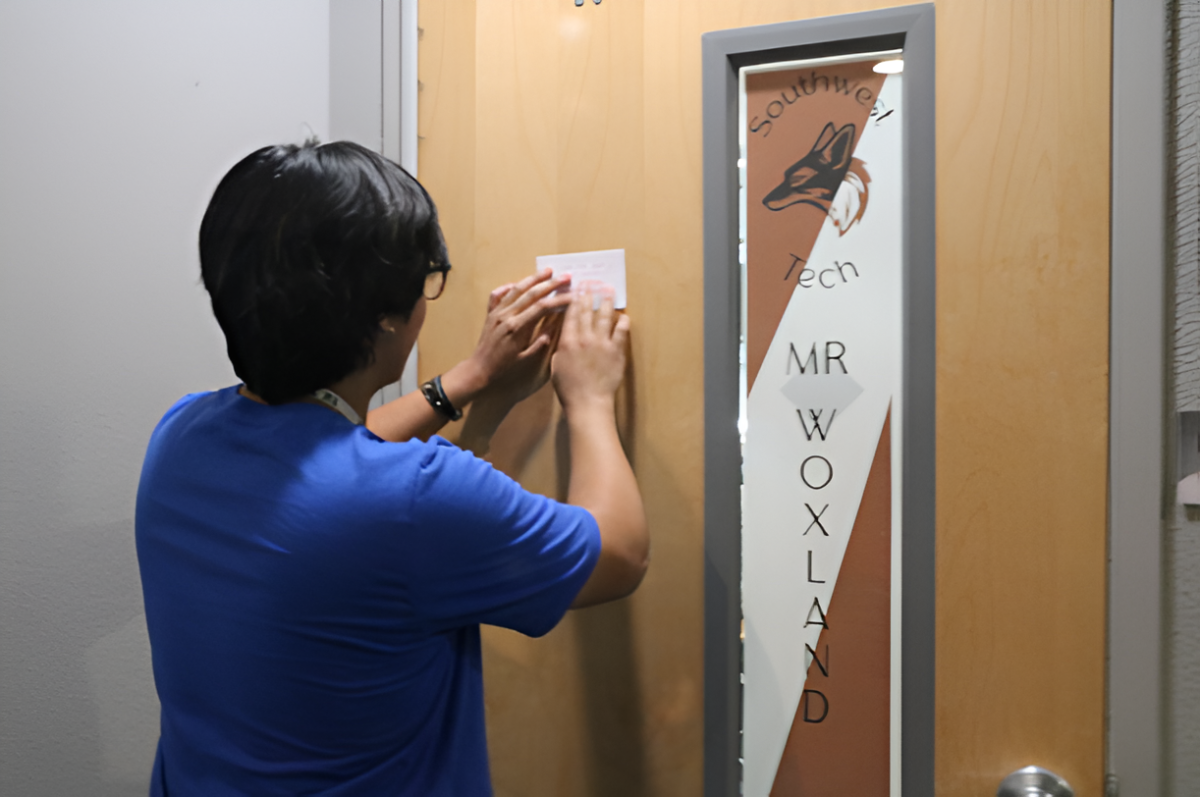With schools in the district being shut down until at least the end of the semester, and unemployment remaining high, the USDA has extended the waivers for free and reduced lunch.
After school closures in March, any person that showed up at a CCSD food distribution event was eligible to receive breakfast and lunch, an expansion of the typical free and reduced lunch program for low-income students. This was due to change once the school year actually began, with families being expected to provide identification to ensure they were eligible for free and reduced meals. However, with the extension of the waiver from the USDA, all families can receive free food.
“Any kid that shows up to our schools, we can give food to,” District A Trustee Deanna Wright said. “We didn’t want to be somebody to tell a mother with three kids “we can’t give you food.””
Families access the free food by traveling to the designated food distribution site at CCSD schools where they will be provided with a meal for breakfast and a meal for lunch. The program has expanded to including almost every school campus in the district, with the USDA providing an interactive map showing the participating schools. This is a departure from the previous administration of the program, which had free and reduced lunch only at a select few campuses.
“The concerns we originally were hearing were that with the summer programs [students] had to go further away than their neighborhood and it was hot. We have families that live in a socioeconomic situation where both parents take public transportation,” Wright said. “That really was a concern for us. A lot of those concerns have diminished.”
The cause for concern relates back to the initial free and reduced lunch program which is exclusively designed for students that met certain income requirements. Students could apply for eligibility and those whose families were poor enough would receive breakfast and lunch meals at a reduced price or for free. The waivers not being extended would mean the process for application stays the same.
“[Free lunch] was one less thing for me to worry about,” junior Jennis Phung said. “Not having to worry if I had enough money to afford lunch was really nice because I had the opportunity to eat lunch regardless of money difficulties.”
Students with family incomes at or below 130% of the federal poverty line are eligible for free lunch ($35,370 for a family of four), while students with family incomes between 130% and 185% of the poverty line ($48,760 for a family of four) are eligible for reduced lunch. Nearly 60% of Nevada families are eligible for the free and reduced lunch program.
“Free and reduced lunch definitely takes a lot of stress off my mom, and allocates money to be spent on other important things,” a student who requested to be anonymous who is on free school lunch said.
The program’s future once the waiver ends at the start of 2021 is still in question, however. A refusal to extend the waiver could be a difficulty for families that still struggle with paying for meals. If the economy remains in a recession, it is possible that the USDA extends the waiver once again.
“Nevada was impacted greatly by the closure of a lot of businesses, so we have more free and reduced [lunch program eligible students] than ever before,” Coordinator of Accounting and Free & Reduced-Price Meals for CCSD Jessica Sifuentes said. “We really want families to take advantage of and receive the benefit.”


!["I will be attending Trunk or Treat [for FCCLA]" junior Crystal Li said. "We're gonna use Mr. Harbeson's car, and we will be [hosting three different activities]."](https://southwestshadow.com/wp-content/uploads/2025/10/IMG_0980-1200x900.png)
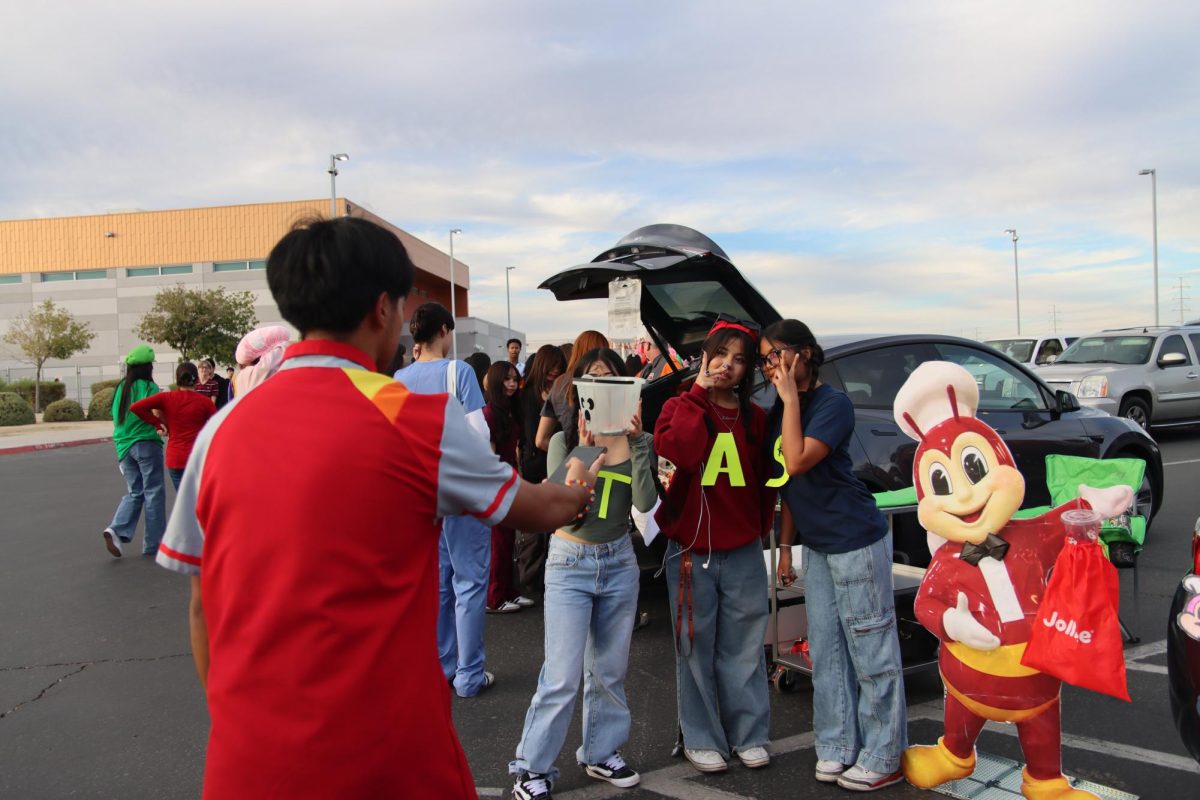


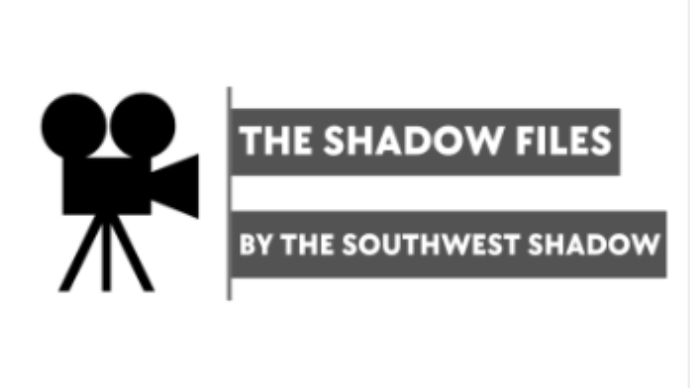

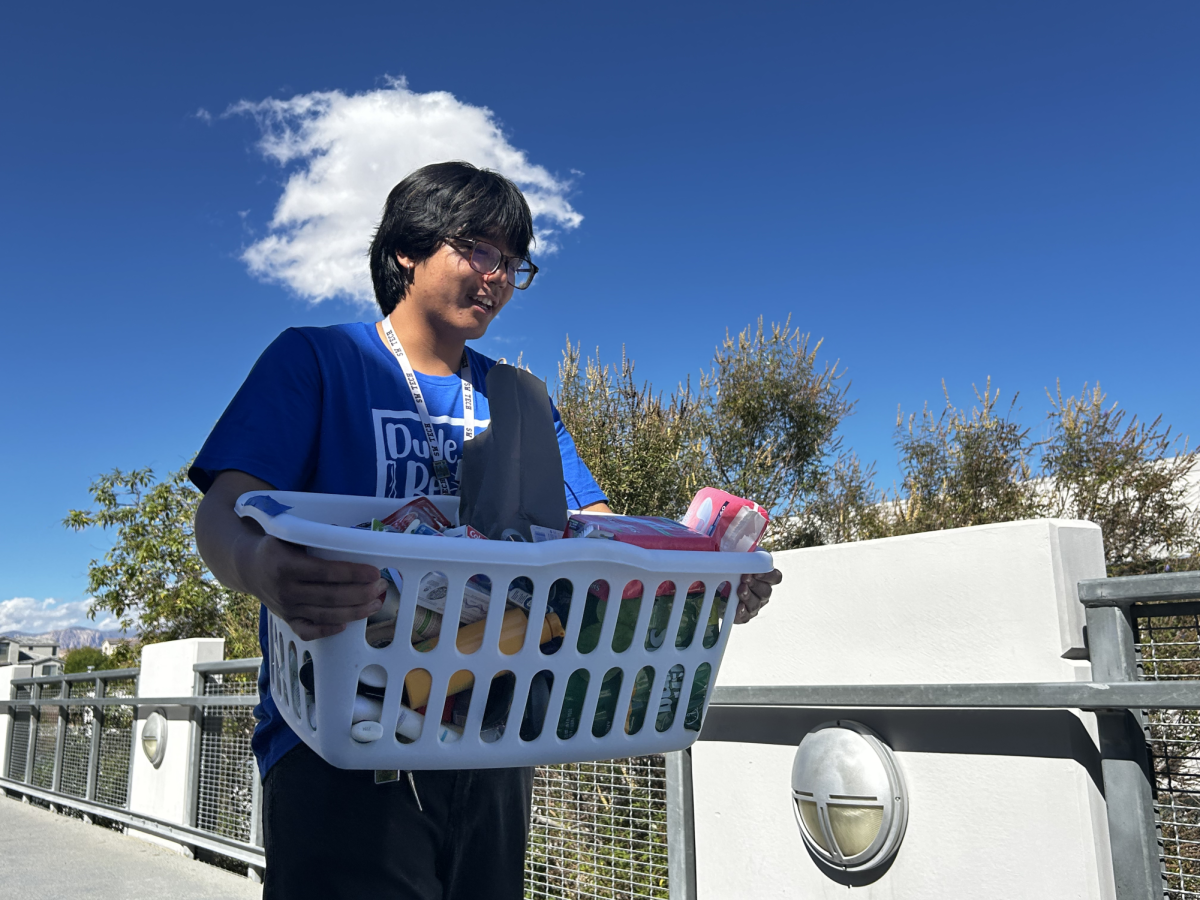
![Displaying a QR code for students to scan, the flyer allows students to sign up and learn about their desired colleges as they visit throughout the school year. Many schools have had additional presentations for students to learn more about what they offer. “For me, I’m interested in criminal justice,” junior Zion Jefferson said. “I know that UNLV and Nevada State University have this major. But, [the college fair] is going to be beneficial, so I can see what other schools offer as well.”](https://southwestshadow.com/wp-content/uploads/2025/10/IMG_2721-1200x900.jpg)
![Working in the Student Success Office, Attendance Secretary Lordis Depiazza inputs a student’s absence excuse note. Students are required to bring an excuse note to the attendance office within three days of any absence. “Reminding students that being in school is important because it reflects towards your grades and being able to do any activities with the school,” Depiazza said. “[It] seems to get the students' attention about wanting to be in school.”](https://southwestshadow.com/wp-content/uploads/2025/10/IMG_8313-1200x800.jpg)
![Arranging the fabric on the floor for a new project, senior Sapphyre-Ann Leung plans out her attire for the next deadline. With the recent closures, students now had limited resources and less margin for error with the fabric and materials they had in stock while trying to reach strict deadlines. “Joann’s had a lot of high-end fabric for our fashion competitions,” Leung said. “We couldn’t just buy ten yards of fabric from Hobby Lobby or Walmart. Since [Joann Fabrics] is no longer open, we have to buy items online, which is way more expensive.”](https://southwestshadow.com/wp-content/uploads/2025/10/IMG_0038-1200x800.jpg)
